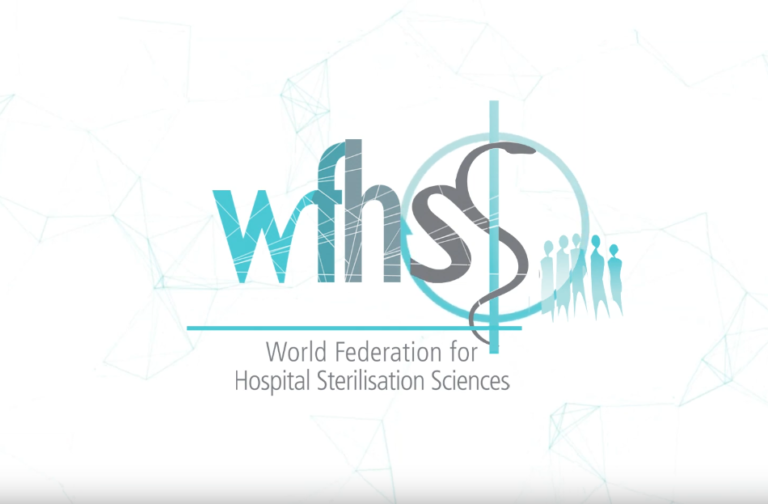
“The WFHSS executive committee is pleased to put the WFHSS Guidelines at your disposal.
They have been written for all the professionals working directly or indirectly in the field of the reprocessing of Reusable Medical Devices (RMD) used in Health Care facilities.
They are the result of a consensus from a review of national practices, standards, regulations.
They are intended to provide guidance and the state of the art recommendations from an academic world society focused on science but their purpose is not to supersede local regulation, standards or guidelines.
They will be updated regularly to follow the evolution of the science and the evolution of the RMD and the technologies.
Your feedback is essential to contribute to the improvement of the Guidelines , feel free to use the form to send your comments or suggestions.
We wish you interesting reading!
On behalf of the Executive Committee
Dr Christine DENIS, President”
“The WFHSS executive committee is pleased to put the WFHSS Guidelines at your disposal.
They have been written for all the professionals working directly or indirectly in the field of the reprocessing of Reusable Medical Devices (RMD) used in Health Care facilities.
They are the result of a consensus from a review of national practices, standards, regulations.
They are intended to provide guidance and the state of the art recommendations from an academic world society focused on science but their purpose is not to supersede local regulation, standards or guidelines.
They will be updated regularly to follow the evolution of the science and the evolution of the RMD and the technologies.
Your feedback is essential to contribute to the improvement of the Guidelines , feel free to use the form to send your comments or suggestions.
We wish you interesting reading!
On behalf of the Executive Committee
Dr Christine DENIS, President”
For the present guidlelines reusable medical device (RMD) means:
The reprocessing of single use medical device is outside the scope of theses guidelines.
Medical device regulations vary between regions. Some items may not be registered as medical devices in some regions.
Sterilization is intended to renders the reusable medical device free from viable microorganisms. Sterilization is implemented on a clean RMD. Most common Sterilization process is steam. Low temperature sterilization processes are available for heat sensitive RMD
Disinfection :
Process to reduce the number of viable microorganisms to a level previously specified as being appropriate for a defined purpose (ISO 11139 : 2018)
Cleaning :
Removal of contaminants to the extent necessary for its further processing or for intended use (ISO 11139 : 2018)
Other definition: The first step required to physically remove contamination by foreign material, e.g. dust soil. It will also remove organic material such as blood, secretion, excretion and microorganisms, to prepare a medical device for sterilization or disinfection (WHO : 2016)
Cleaning may be combined to disinfection in cleaning & disinfections processes (for instance in automated washer-disinfectors)
Sterilization :
Process used to render product free from viable microorganisms (ISO 11139 : 2018)
 Sterilization is intended to renders the reusable medical device (RMD) free from viable microorganisms.
Sterilization is intended to renders the reusable medical device (RMD) free from viable microorganisms.
Reusable Medical device (RMD)
Medical devices wich are not single use i.e. which can be reused under appropriate reprocessing conditions, for an undelimited number of time or for a predetermined number of use.